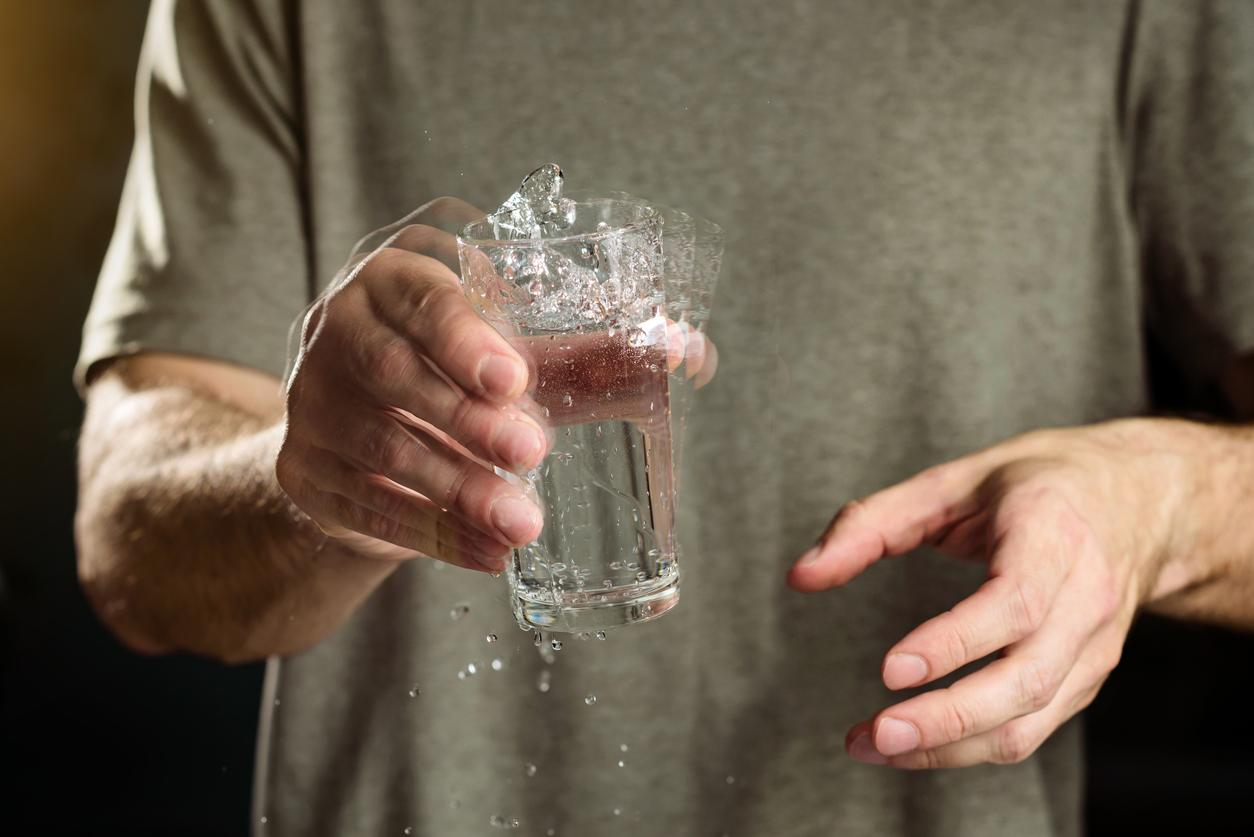“Already in the 1920s, so almost a century ago, scientists had already observed that the nervous system of elderly smokers was less damaged than that of non-smokers”, says Gabriel Villafane. Furthermore, the impact of Parkinson disease is very low in smokers. Based on these observations and powerless in the face of the progression of the disease in his patients, Dr Gabriel Villafane decided to focus his research on the effects of nicotine on the nervous system. First, in the 1990s, on mice with Parkinson’s disease. Then, in 2000, a first patient was treated.
Sometimes spectacular effects
So of course, the idea is not to make patients smoke. “What is dangerous in cigarettes are the tars and toxic substances that are added, not the nicotine itself. So we use pure nicotine patches, quite similar to those used for smoking cessation, which are glued at the level of the spine, in the lower back “, explains the doctor. Since then, two clinical trials have been carried out, bringing together a total of around 40 patients.
Results: “70% of patients have seen their condition improve. At worst, the progression of the disease is only stopped. This is already a lot, especially if the treatment is taken in the early stages of the disease. case, the quantity of anti-parkinsonian drugs prescribed in addition decreases “, details Dr. Gabriel Villafane.
Pure nicotine is not toxic
A success which very quickly translates into an influx of patients to the Henri Mondor hospital. To deal with this, the Assistance Publique des Hôpitaux de Paris authorized a compassionate protocol in 2004: those who benefit from it are monitored and treated, but outside of clinical trials. Therefore, they have to pay for their treatment. Unfortunately, regrets the specialist, “The use of nicotine remains politically incorrect and pharmaceutical companies as well as certain neurologists take a dim view of the arrival of a cheaper treatment and therefore less profitable for them”. But research is progressing, with work also being carried out in the United States and Germany by other teams. Within a few years, Dr Villafane hopes that pure transdermal nicotine will be available to all patients who could benefit from it.
What are the current treatments?
Parkinson’s disease being due to an insufficient production of dopamine in the brain, drug treatments consist of giving patients either dopamine (L-Dopa) directly, or a molecule that mimics its effects, or molecules (MAOI) that block the action of the enzyme responsible for the degradation of dopamine.
the treatment can also be surgical with the implantation, directly in the brain, of an electrical stimulator. But it is reserved for certain forms and is not without risks (hemorrhages, mental confusion, speech disorders). Like medicines, it helps reduce some symptoms of the disease (tremors, akinesia, rigidity), not to stop its progression, even less to cure it.
Read also :
Parkinson’s: a new warning sign to watch closely
Parkinson’s: magnetic stimulation effective against motor disorders


















